Introduction
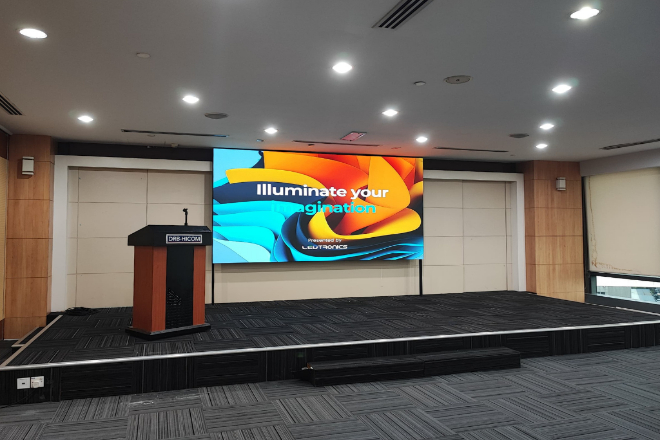
From traditional CRT monitors to today’s LCD and Afficheurs LED and then to all-in-one display devices, technological innovation has continuously promoted the progress of the display industry.
Especially in the field of indoor display, LED display and all-in-one are two mainstream display devices, each of which plays an important role in many fields with its unique advantages. But, facing these two products, how do you make the best choice?
1. A brief introduction to indoor LED display
Le affichage LED d'intérieur is an LED display specifically designed for indoor use among LED displays. Its working principle is actually quite simple.
When the control system receives the content we want to display, it will convert the content into electrical signals and then control the brightness of those LED lamp beads through the driving circuit.
Just like we turn on and off the lights, this process is super fast and super accurate, so we can see such a smooth and clear picture.
1). Its characteristics and advantages
1.1). Élevé luminosité and high contrast:
The brightness of the indoor LED display is really super high; even in a room with direct sunlight, the picture can be seen clearly.
Moreover, its contrast is also very high; that is, the black part is blacker, and the white part is whiter so that the picture looks more layered and three-dimensional.
1.2). Strong customizability:
Another super feature of LED display is that it can be customized according to our needs. For example, if we want a square display, a round one, or even an irregular shape, that’s no problem.
Moreover, the size can be chosen at will, large or small. In this way, we can choose the most suitable display according to the size and shape of the venue.
1.3). Wide angle de vue:
The viewing angle of the LED display is also very wide; no matter where we stand, we can see the complete picture.
This is really important for those large conference rooms or exhibition halls. This is because, no matter where the audience sits, they can clearly see the content of the display.
1.4). Long service life and relatively low maintenance cost:
The life of LED lamp beads is really long, generally tens of thousands of hours. Moreover, the structure of LED displays is relatively simple, so it is also very convenient to maintain.
Even if there is any problem, it can be repaired quickly. In this way, we can save a lot of maintenance costs.
2). Scénarios d'application
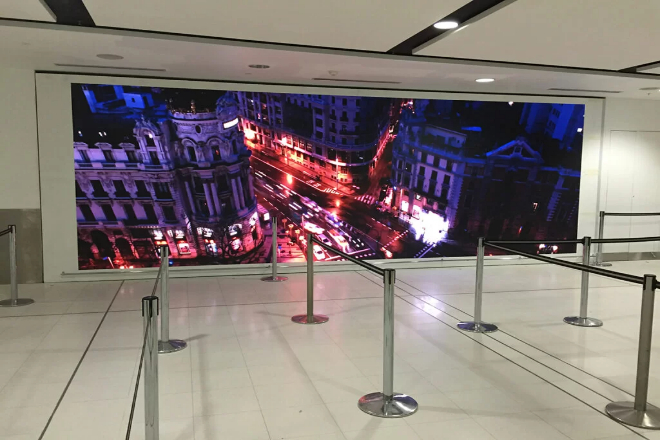
2.1). Commercial advertising:
In the field of commercial advertising, indoor LED display screens are simply magical. You can see it everywhere in shopping malls, centres commerciaux, and subway stations.
Those glittering billboards and promotional screens are all made of it. Because the brightness and color of LED display screens are particularly good, the advertising content looks particularly attractive.
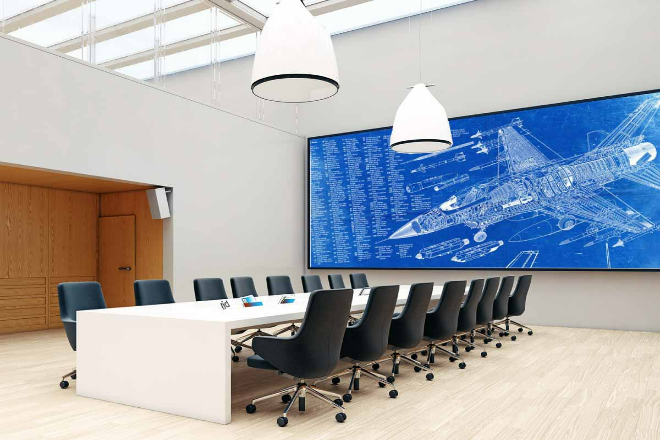
2.2). Conference and exhibition:
Conferences and exposition are also big étapes for LED display screens. We can use it to display product information, speech content, or conference background.
Because LED display screens can be customized into various shapes and sizes, they can be perfectly integrated into the scene of the conference. Moreover, its viewing angle is so wide that the audience can see it clearly wherever they sit.
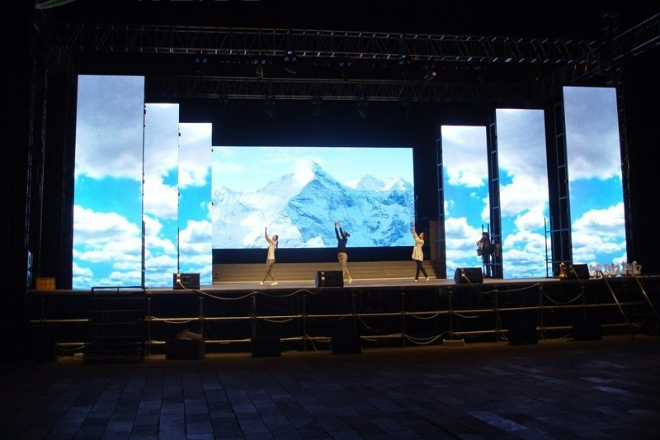
2.3). Stage performance:
Not to mention stage performances, LED display screens are simply a must-have artifact. It can be used as a background curtain to display various cool patterns and animations.
It can also be used as part of stage special effects, such as simulating flames, water flows, and other effects. In this way, stage performances are more vivid and interesting, and the audience can enjoy a more shocking visual experience.
2. A brief introduction to all-in-one machine
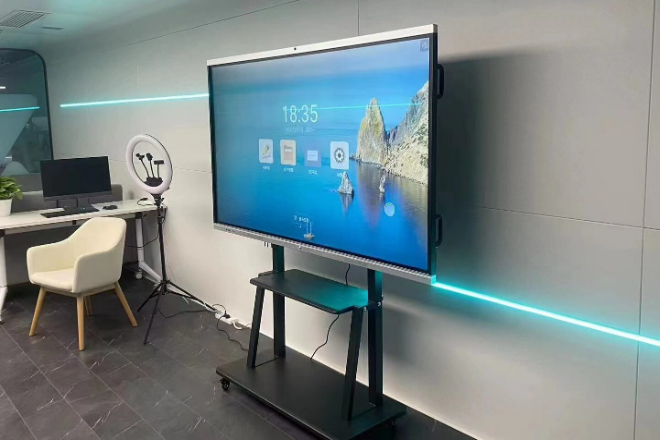
To put it simply, an all-in-one computer is a device that integrates a monitor, a computer host, or a playback system.
Imagine that in the past, we had to put a computer host and connect a monitor, and there were a lot of wires winding around. Now, an all-in-one computer can handle all of these. One device can handle everything; how worry-free!
Speaking of all-in-one machine, there are actually several types. The most common one is the LCD all-in-one computer, which combines the LCD screen and the computer host. It looks like a big screen, but in fact, it hides a complete computer system.
There is also a touch-all-in-one computer, which is even more powerful. It is not only a computer but also a big screen that can be touched. You can operate it by tapping and poking, just like playing with a mobile phone.
1). Its characteristics and advantages
1.1). High integration and space-saving:
The biggest advantage of an all-in-one computer is its high integration, which integrates the functions of several devices in the past. In this way, the desktop will be much cleaner, and there is no need to put so many things, and there is no need to wind the wires around.
For places with limited space, such as small offices and student dormitories, all-in-one machine are simply lifesavers!
1.2). Élevé résolution and exquisite display effect:
all-in-one machine use high-quality LCD screens with extremely high resolution. Whether you are looking at documents, pictures, or videos, they are as clear as the real thing. Especially for those who design and look at pictures, using an all-in-one computer is simply a pleasure!
1.3). Support touch operation and strong interactivity:
The touch all-in-one computer is even more powerful. It supports touch operation. Imagine that you can open files, turn pages, and zoom in and out by just tapping on the screen with your hands.
How interesting! This is simply a magic weapon for those who need to make demonstrations and teach!
1.4). Built-in system, no need to configure a computer or playback device separately:
all-in-one machine have a complete system built in, whether it is a computer system or a playback system, everything is available. If you buy an all-in-one computer, you don’t need to buy a computer host or playback device. You can use it directly by plugging it in. How convenient!
2). Scénario d'application
2.1). Office:
all-in-one machine are the most suitable for offices. They take up little space and are neat and tidy. And the performance of all-in-one machine is sufficient. They can handle documents, make spreadsheets, and hold video conferences.
2.2). Conference room:
all-in-one machine are also often used in conference rooms. In particular, touch-screen, all-in-one machine are great for presentations. You can show PPT, play videos, and interact with colleagues by tapping on the screen. How fun!
2.3). Classroom:
all-in-one machine can also be used in classrooms. Teachers can use all-in-one machine to display teaching content, and students can see it more intuitively. Especially touch-screen all-in-one machine, students can also come up to operate, increase interactivity, and make learning more interesting.
3. Comparison between indoor LED display screens and all-in-one machine
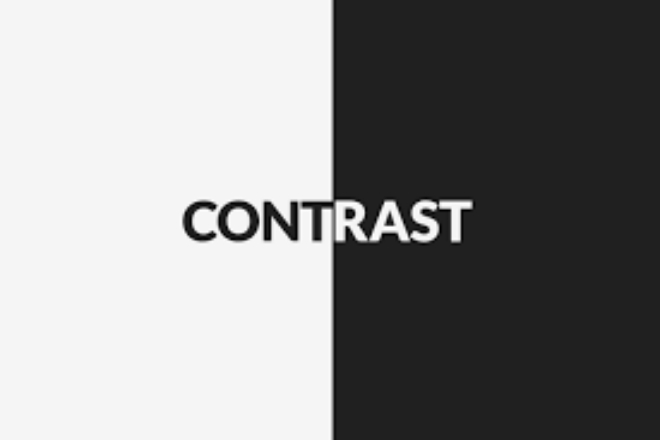
1). Effet d'affichage
1.1). Brightness, contrast, and resolution:
1.1.1). Indoor LED display screen:
The brightness range of indoor LED display screens is usually between 200nits and 1000nits, depending on the usage environment and needs.
In scenarios where users need to use computers for a long time, it is recommended to set the brightness to 700-800nits to protect their eyes.
In some specific scenarios, such as indoor stadiums or concerts, higher brightness may be required to meet the viewing needs of the audience.
- Contraste:
The contrast of indoor LED displays is excellent and can clearly present the details of the picture. For scenes with relatively soft and stable light, such as ordinary conference rooms and exhibition halls, a contrast of about 2000:1 can meet the needs.
In high-end commercial display venues, such as the image display area of brand stores, a higher contrast (such as 3000:1-5000:1) may be required to present more realistic colors and more delicate image effects.
- Résolution:
The resolution of an LED display depends on its pixel pitch and display area. High-definition LED displays can present delicate and vivid pictures and meet various high-precision display needs.
1.1.2). All-in-one:
- Luminosité:
The brightness of an all-in-one is stable, but it usually does not provide extremely high brightness options like LED displays. For ordinary office and entertainment use, the brightness of an all-in-one is sufficient.
- Contraste:
The contrast of an all-in-one also depends on the quality of its display. High-quality IPS screens can provide excellent contrast, making the picture more vivid and realistic.
- Résolution:
all-in-one machine have a variety of resolution options, from basic 1366×768 to high-definition 1920×1080 to ultra-clear 3840×2160 (4K) and even higher. High-resolution all-in-one machine can present delicate and clear pictures to meet various high-precision display needs.
1.2). Performance differences in different light environments:
- Affichage LED intérieur :
In bright light environments, such as conference rooms or exhibition halls near windows, the high brightness characteristics of LED display ensure that the picture is clear and visible.
In darker environments, such as conference rooms or home theaters, LED displays can reduce eye fatigue by reducing brightness.
- All-in-one computer:
all-in-one machine perform well in dark indoor environments and can provide stable and clear pictures.
However, in bright light environments, the picture of the all-in-one computer may be affected to a certain extent, and it is necessary to adjust the brightness or take shading measures to improve the viewing effect.
2). Customizability and flexibility
2.1). Affichage LED:
- La taille et la forme:
The size and shape of the LED display can be customized according to actual needs. Whether it is a large screen in a small conference room or a giant screen in a large exhibition hall, LED display screens can meet the needs.
- Méthode d'installation:
The installation method of LED display screens is also very flexible and can be installed in a variety of ways, such as wall mounting, hoisting, and mobile bracket fixed installation. This flexibility allows LED display screens to adapt to various complex installation environments.
2.2). All-in-one machine:
- Customization limitations:
All-in-one machines have relatively few customization options in size and shape. Although there are all-in-one machines on the market that offer a variety of size options, they are usually not fully customized like LED displays.
- Fixed installation method:
All-in-one machines mainly use wall mounting or desktop placement installation methods, which are less flexible than LED displays. However, in some scenarios that require fixed installation, such as offices and classrooms, this installation method is more stable and reliable.
3). Cost and budget
3.1). Initial investment cost:
- Indoor LED display screen:
The initial investment cost of LED display screens is usually high, especially for large-size, high-resolution displays. This is because LED display screens require more LED lamp beads, more complex drive circuits, and control systems.
- All-in-one machine:
The initial investment cost of all-in-one machines is relatively low, especially compared with LED displays of the same size. all-in-one machine integrate display and computer systems, and there is no need to purchase additional equipment such as computer hosts.
3.2). Maintenance cost and long-term use cost:
- Affichage LED intérieur :
The maintenance cost of LED display mainly includes the maintenance of the power supply, drive circuit, and control system. Although LED lamp beads have a long life, long-term use or improper use may still cause failure.
In addition, the brightness of LED displays may gradually decrease with the increase of use time, and regular calibration and adjustment are required.
- All-in-one computer:
The maintenance cost of an all-in-one computer is relatively low because its main components (such as display, motherboard, memory, etc.) are integrated together, which is more convenient to repair.
The service life of an all-in-one computer is usually long, which can provide users with stable and long-term display services.
3.3). Choices under different budgets:
- Budget limité :
For users with a limited budget, the all-in-one computer may be a more suitable choice. all-in-one machine are relatively cheap and can meet basic display and computing needs.
- Budget suffisant :
For users with a sufficient budget, an LED display may be a better choice. LED displays can provide higher quality and more flexible display effects and meet various high-precision and large-size display needs.
In summary, indoor LED display screens and all-in-one machines have their own advantages and disadvantages in terms of display effect, customizability and flexibility, cost and budget, and use and maintenance. When choosing, customers should make comprehensive considerations based on actual needs, budget constraints, and long-term use considerations and choose the display device that best suits them.
4. How to choose a suitable display solution?

1). Determine the type according to the needs
1.1). Where to use it?
- Affichage LED:
If you want to put an advertisement outdoors or use it in large conference rooms, exhibition halls, and stades, then the LED display is quite suitable. It is large in size, high in brightness, and has a strong contrast, so everyone can see it clearly from a distance.
- All-in-one machine:
If it is placed in an office, classroom, or small conference room, especially in places where a computer and a monitor are required to be integrated, an all-in-one machine is convenient. It saves space and is easy to operate.
1.2). Display content
- Affichage LED:
If you want to put dynamic videos, animations, or things with particularly bright colors, the LED display has a high refresh rate, smooth pictures, and bright colors.
- All-in-one machine:
If you just want to display some text or pictures or do office presentations, the resolution and color accuracy of the all-in-one machine are sufficient.
1.3). Audience needs
If there are many viewers and they can see far, then choose an LED display; if there are few viewers and they can see close, an all-in-one machine is good.
2). Consider budget and cost
- Investissement initial:
The price difference between LED display and all-in-one is quite large. You have to compare and see which one is more cost-effective. Different sizes and configurations have different prices, so you have to ask more.
- Long-term use cost:
Electricity costs, maintenance costs, how long it can be used, and whether it can be upgraded in the future, all of these must be taken into consideration.
The best one is the one with the best cost performance. Don’t just look at the price, but also see if it is worth it.
3). Refer to brand and reputation
You have to look at the brand when buying things, just like recognizing people. If the brand is good, the things are generally not bad.
- Well-known brands:
Choose those brands that everyone knows have strong R&D strength and good production capacity.
- Reputation:
Check user reviews online, look at product reviews, and listen to recommendations from peers or friends. Those with good reputations are generally not wrong.
Conclusion
In summary, indoor LED display and all-in-one have their own advantages, and each plays a unique role in different application scenarios.
Therefore, when choosing a display device, we should make a comprehensive consideration based on our actual needs, budget, use environment, and other factors.
Enfin, si vous souhaitez en savoir plus sur les écrans LED, veuillez nous contacter.
